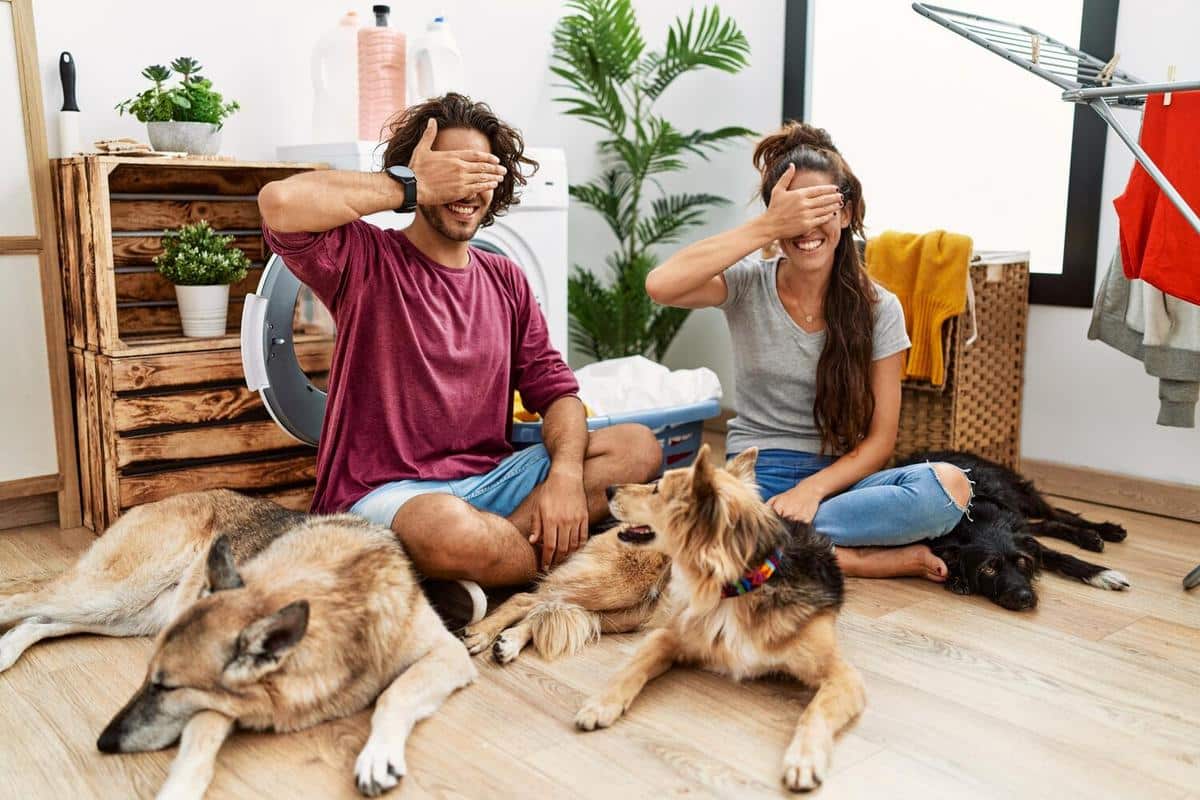
Harnessing Technology for Pet Monitoring and Training
With the surge of technological advancements, pet owners now have an array of tools at their disposal to enhance pet monitoring and training. This intersection of technology and pet care offers innovative solutions that cater to the evolving needs of our furry companions.
Exploring the Role of Technology in Pet Care
The integration of technology into pet monitoring and training is reshaping how pet owners interact with their animals. From smart collars to interactive toys, technology provides both convenience and enhanced connectivity. According to a recent report, the pet tech market is projected to reach $20 billion by 2025, highlighting its growing importance in pet care.
Expert Insights
“Technology has transformed the landscape of pet care, making it easier for owners to understand and fulfill their pets’ needs,” says Dr. Emily Rodriguez, a renowned veterinarian.
Dr. Rodriguez emphasizes that these tools not only monitor pets’ health but also aid in behavioral training.
Statistics and Research
A survey by the American Pet Products Association reveals that 45% of pet owners use technology to monitor their pets’ health and activities. Such statistics underscore the reliance on tech solutions for better pet management.
Personal Anecdotes
Take, for instance, Alex, who struggled with his dog’s separation anxiety. By using a pet camera, he was able to monitor his dog’s behavior and employ calming techniques remotely. This tech intervention not only reduced anxiety but also strengthened their bond.
Actionable Tips for Pet Owners
- Invest in a smart collar that tracks your pet’s activity levels and location.
- Use interactive toys that stimulate mental engagement and curb boredom.
- Consider pet cameras for real-time monitoring and communication.
Comparison Table: Popular Pet Tech Tools
| Device | Function | Benefit |
|---|---|---|
| Smart Collar | Activity tracking | Monitors health metrics |
| Pet Camera | Remote monitoring | Reduces separation anxiety |
| Interactive Toy | Mental stimulation | Prevents boredom |
| Automatic Feeder | Scheduled feeding | Promotes dietary consistency |
| GPS Tracker | Location tracking | Ensures pet safety |
| Smart Bed | Temperature control | Enhances comfort |
| Health Monitor | Vital sign tracking | Early illness detection |
| Training App | Behavioral guidance | Improves training efficiency |
Frequently Asked Questions
How can pet technology help with training?
Pet technology offers tools like interactive toys and training apps that provide structured and consistent training sessions.
Are smart collars safe for pets?
Yes, smart collars are designed to be comfortable and safe, offering valuable data without causing discomfort.
What are the costs associated with pet tech?
Prices vary, but investing in quality devices can range from $50 to $300, depending on the features.
Conclusion
Technology is undeniably enhancing the pet care experience, offering numerous benefits for both pets and owners. By integrating these advanced tools, pet owners can ensure the well-being of their furry friends while fostering a deeper connection. Consider exploring these options to enrich your pet training and monitoring endeavors.


